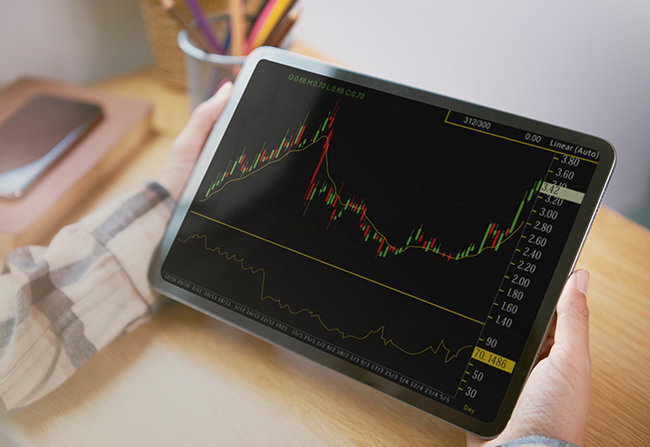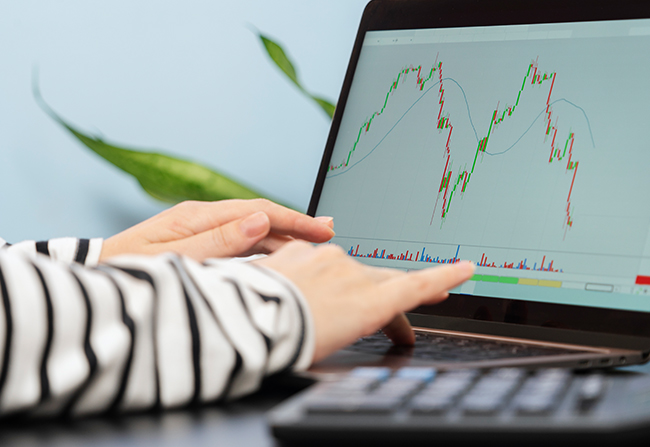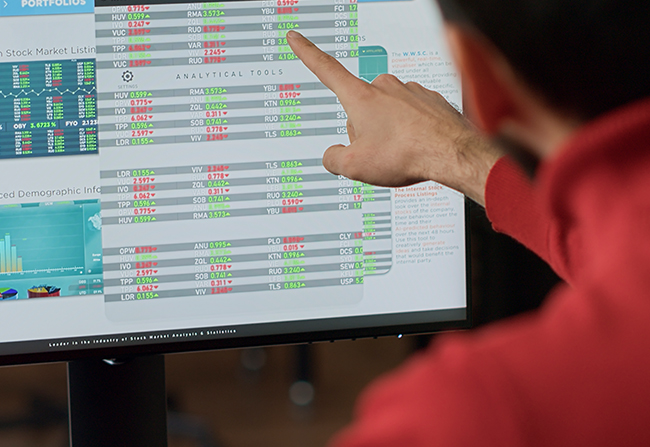
Leverage is a powerful tool in trading that allows traders to control larger positions with a smaller amount of capital. When used correctly, leverage can magnify profits and offer opportunities to generate returns that might otherwise be unattainable. However, leverage also comes with risks and challenges that traders need to understand fully.
In this article, we’ll dive into the concept of leverage in trading, how it works, the benefits and risks, and how to use it responsibly to enhance your trading strategy.
What is Leverage in Trading?
Leverage in trading refers to the ability to control a larger position than the amount of capital you have in your account. In simple terms, it allows you to borrow money from your broker to take on a larger trade than your account balance would normally allow.
For example, if you have $1,000 in your trading account and use 10:1 leverage, you can control a position worth $10,000. The broker lends you the extra capital, which you repay with your profits or losses from the trade.
Leverage is commonly used in forex, stocks, commodities, and other financial markets. While it can offer substantial rewards, it also increases the potential for loss, making it essential to use leverage wisely.
How Does Leverage Work?
Leverage works by amplifying both the potential profit and loss of a trade. The ratio of leverage is expressed as a ratio, such as 2:1, 5:1, or 100:1, where the first number represents the trader’s own capital, and the second number represents the borrowed capital.
For example, with a leverage ratio of 50:1:
- If you trade $10,000 worth of assets, you only need $200 of your own capital.
- The remaining $9,800 is borrowed from the broker.
If the trade moves in your favor, your profits are amplified. On the other hand, if the trade goes against you, your losses are also magnified.
The Benefits of Using Leverage:
Amplified Potential Profits: The most significant advantage of leverage is the ability to amplify your potential profits. With a relatively small amount of capital, you can control a large position, which means that even small price movements can result in substantial returns. For example, if a currency pair moves 1% in your favor, and you’re using 50:1 leverage, your profit will be 50 times larger than if you weren’t using leverage.
Capital Efficiency: Leverage allows you to trade larger positions with less capital, freeing up funds for other trades or investments. This can help you diversify your portfolio without needing a large upfront investment.
Flexibility: Leverage provides flexibility in trading strategies. You can take larger positions with less risk of over-committing your capital. This can be particularly useful when trading in markets that require larger trade sizes, such as forex or commodities.
The Risks of Using Leverage:
While leverage can amplify profits, it can also increase your losses if the market moves against you. Here are the main risks to consider:
Magnified Losses: If the trade goes against you, leverage can magnify your losses as well. For example, with a 50:1 leverage ratio, a 1% loss can wipe out 50% of your initial investment. This means that even a small market move can result in significant financial loss.
Margin Calls: Brokers typically require traders to maintain a minimum margin level, which is the amount of capital required to maintain a leveraged position. If the market moves against you and your account balance falls below this minimum level, the broker may issue a margin call, requiring you to deposit more funds or close out your positions. Failure to meet the margin call could result in the broker liquidating your position, potentially at a loss.
Overtrading: Leverage can tempt traders to take excessive risk by opening larger positions than they can afford. This can lead to overtrading, where a trader enters too many trades with high leverage in an attempt to maximize profits. Overtrading can increase the risk of significant losses, especially in volatile markets.
How to Use Leverage Responsibly:
Understand the Risks: Before using leverage, make sure you fully understand how it works and the risks involved. Never use leverage without a clear strategy and risk management rules in place.
Use Lower Leverage: Especially for beginners, it’s advisable to start with lower leverage. For example, using 2:1 or 5:1 leverage will help you gain experience without exposing yourself to excessive risk. As you become more comfortable and skilled, you can gradually increase your leverage.
Set Stop-Loss Orders: Always use stop-loss orders to protect your capital. A stop-loss helps you limit potential losses by automatically closing out a trade once the market reaches a certain price. This is especially important when using high leverage, as it helps protect your account from large losses.
Control Position Size: One of the best ways to manage risk with leverage is by controlling your position size. Avoid putting all your capital into a single trade. Instead, ensure that each position is a small percentage of your overall account balance, reducing the potential impact of a loss.
Monitor Your Trades Closely: When trading with leverage, it’s crucial to monitor your trades frequently. Since leverage amplifies both profits and losses, staying on top of your positions helps you respond to market movements and adjust your strategy as needed.
Conclusion:
Leverage is an essential tool for many traders, providing the opportunity to increase profits without needing to invest large amounts of capital. However, with its potential for greater returns comes the risk of amplified losses. Understanding how leverage works, the benefits it offers, and the risks involved is crucial for responsible trading.
By using leverage with caution, adhering to a solid risk management plan, and keeping position sizes under control, traders can leverage this tool to enhance their strategies and improve overall profitability. Remember, leverage is not a guarantee of success, but when used correctly, it can be an invaluable tool in your trading arsenal.



